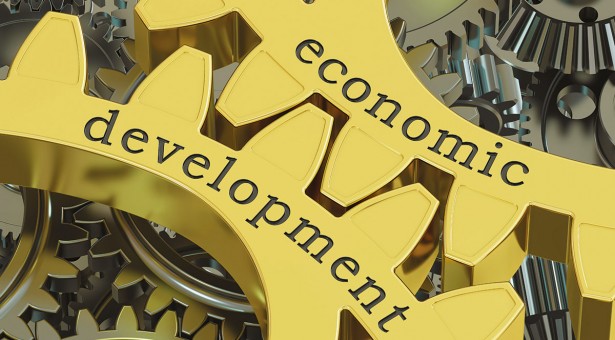 Turkey’s growth rate, which started the year giving rather negative signals making even three percent look like an optimistic forecast for the year’s end, gained power in the final quarter thanks to various tax relief and incentive schemes; and mainly with the Credit Guarantee Fund (KFG).
Turkey’s growth rate, which started the year giving rather negative signals making even three percent look like an optimistic forecast for the year’s end, gained power in the final quarter thanks to various tax relief and incentive schemes; and mainly with the Credit Guarantee Fund (KFG).
In the third quarter, Turkey’s gross domestic product came in at 11.1 percent higher than in the same period of 2016. The revised estimate for GDP growth is now as much as 7.5 percent for the whole of 2017. Despite the strong growth figure of the third quarter, many economists have raised questions about the sustainability of Turkey’s growth. And most of them don’t think such a pace is sustainable. Economists do say that is possible and desirable to increase the pace of growth through financial instruments, adding that the KGF scheme was a well placed move. However, the growth figure also has potential side effects, which might prove serious. But what are these side effects?
Side effects to growing on steroids
Economists liken Turkey’s strong figures to growing “on steroids,” which will inevitably have a series of effects on the “body”. The first direct side effect has already been manifest in the the Treasury’s borrowing spree. The Treasury’s domestic debt service coverage ratio stood at 84.4 percent in 2015, and rose to 90.6 percent in 2016. In the first nine months of this year, this rate skyrocketed to 125 percent. The same ratio for foreign debt, which stood at 60.8 percent last year, soared to 83.1 percent in the first nine months. The second direct side effect, economists say, is the increase in boaking costs. Economists note that a decent company which could borrow at a rate of 13.5 percent on Nov. 1, 2016 could borrow at a rate above 17 percent as of September 2017. The reason behind this is that deposit interest rates soared to around 15 percent from a level of 12 percent, owing to the KGF loans issued as part of Turkey’s growth on steroids. Experts also say that another potential side effect is an inflation in demand. Consumer price inflation has risen to 13 percent from about 18, which doesn’t bode well for the long term. Experts say that these side effects prove that this growth pace is unsustainable.
Companies need to proceed with caution
Yet, the potential risks that lay ahead are not limited to these, economists say. In spite of powerful growth and positive market conditions, problems of profitability and currency risks remain. Experts say in an economy where production fails to catch up with consumption, high inflation is inevitable. In the real sector, profitability has already fallen, experts say, and currently profits move along below the inflation rate. The foreign exchange risk of the real sector is also high, creating another point of vulnerability, adding that the dollar is likely to rise further against the lira. Recent diplomatic crises with the EU and US have made the Turkish economy and markets overly vulnerable, and note that Turkey –which is absolutely dependent on the inflow of international funds given its high foreign financing demand– will need to adopt structural reforms and also normalize in terms of both domestic and international politics. Economy experts warn companies to act with caution at this time; hedging their risks, securing their debts and concentrating on profits rather than volume.











